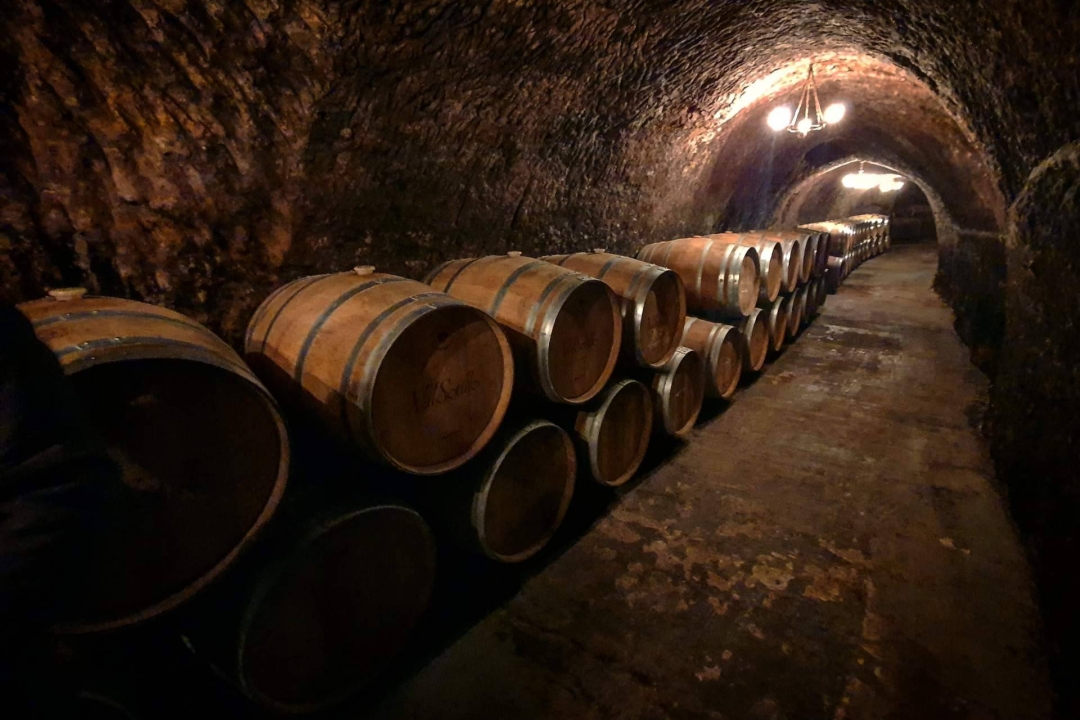In the world of winemaking, few decisions impact a wine’s final expression as significantly as the type of barrel used during ageing. The choice between French and American oak barrels reflects not only regional availability but a deliberate stylistic direction taken by winemakers. Wine Tours From Madrid introduces visitors to this critical aspect of cellar practice by exploring how oak—whether from France or the United States—contributes distinctive aromas, textures and structural elements to the wine.
Throughout Spain’s most prestigious wine regions, barrels are more than storage vessels. They are active agents in the wine’s evolution, shaping its profile as it rests and matures. While both types of oak are used in Spanish cellars, their influence differs subtly but meaningfully, allowing producers to refine their craft according to the desired outcome of each vintage.
A question of grain, toast and expression
French oak is known for its fine grain and more subtle aromatic contribution. Typically sourced from forests such as Allier, Tronçais or Vosges, this wood is air-dried and lightly toasted, imparting refined notes of vanilla, spice and sweet tannin to the wine. Its influence is slow and gentle, making it especially suited to wines of finesse and structure, such as those made from Tempranillo or Garnacha in regions like Ribera del Duero or Sierra de Gredos.
American oak, in contrast, comes from denser, faster-growing trees, particularly from forests in Missouri, Pennsylvania and Minnesota. It often delivers bolder aromatic characteristics—such as coconut, dill or vanilla—more quickly and with greater intensity. Because of this, it is frequently used to enhance fruit-forward expressions or to balance wines with high tannin or acidity. It has been a traditional choice for Cosecha and Crianza wines in Rioja, and continues to play a significant role in defining the identity of certain Spanish red wines.
Tradition, experimentation and cellar philosophy
Wine Tours From Madrid highlights these distinctions during guided visits to family-owned wineries where winemakers explain the rationale behind their barrel choices. For many, the decision is not strictly binary. Some producers blend the two types of oak or age the same wine in separate barrels to create complexity through later blending. Others alternate between barrels over vintages, allowing the wine to evolve while preserving its regional identity.
Visitors are invited to taste wines aged in different oak types, offering a direct comparison of how wood alters mouthfeel, balance and aromatic complexity. The tours also explore how factors such as barrel age, size, and level of toasting interact with the wine, making each ageing decision an extension of the winemaker’s vision.
Through these experiences, guests gain a nuanced appreciation for the role of oak in winemaking, learning that French or American oak barrels for the wine making are not interchangeable tools but carefully selected instruments of expression. Wine Tours From Madrid connects this aspect of production to broader themes of terroir, tradition and personal craft, revealing how something as seemingly simple as a wooden barrel can become a decisive element in the character and longevity of the wine.
Media Contact
Company Name: WINE TOURS FROM MADRID
Contact Person: Press Office
Email: Send Email
Country: Spain
Website: https://winetoursfrommadrid.com/






